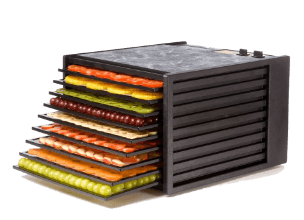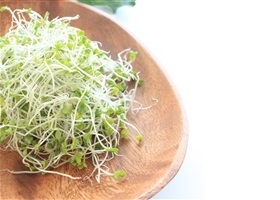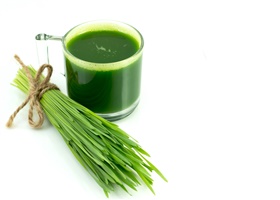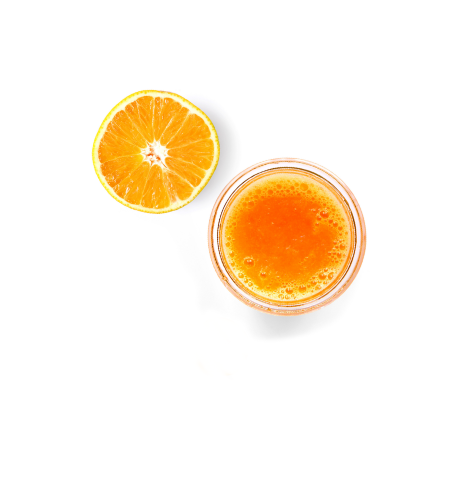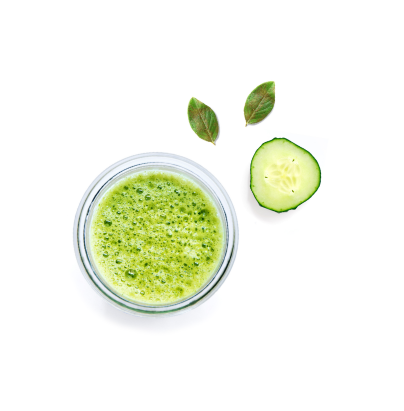Does Juicing Replace Meals?
It’s no surprise that the popularity of juicing has soared in recent years. After all, juicing is a quick-fix, tasty way to increase your fruit and vegetable intake. Packed with goodness and without the preservatives, additives and processing associated with some shop-bought juices, it’s an easy way to cram more vitamins, minerals and enzymes into the body – what’s not to love?
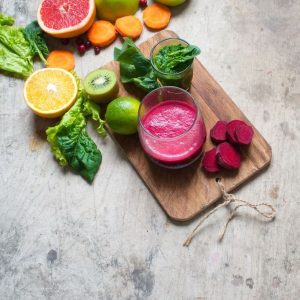
However, there’s often some confusion about the best way to incorporate juices into the diet especially when it comes to weight-loss. Here we look at how to approach juicing as part of a balanced diet and healthier lifestyle.
Is it healthy to replace meals with juicing?
While we are huge advocates of juicing, it can be tempting for beginners to go to the extreme of replacing all their meals with juice for a quick results. This is not recommended. While this approach will almost certainly lead to quick weight-loss, it is little more than a crash-diet and the results will be unsustainable. What’s more, a diet consisting of just one food group (fruit and vegetables), while full of wonderful vitamins and minerals, cannot provide all the vital nutrients our bodies need.
If you’re new to juicing, our best value juicer, the Kuvings B1700 is ideal for juicing the most common fruits and vegetables and is a great starter model!
How many meals can you replace with juice?
The best approach is to replace the occasional meal with a juice. Breakfast is a good place to start. Many people find their appetite is lacking first thing in the morning and skip breakfast altogether. Rather than saving on calories, this can actually have the opposite effect as it can lead to cravings and snacking on unhealthy foods later in the morning.
A juice can be a more palatable start to the day – lighter than a heavy breakfast if you’re not especially hungry but a great energy boost to get you going!
How do you eat a balanced diet with juicing?
As mentioned above, it’s best to incorporate juicing as part of a balanced diet rather than aiming to replace multiple meals throughout the week. Try experimenting with different ingredients. Contrary to popular belief, you don’t need piles of fruit to make a decent quantity – a good quality juicer like the Kuvings EVO820 or Nama J2 create a very high juice yield with less waste. So to adapt the taste of your juice, just a few slices of apple, pineapple or melon for example, or a few more berries will be sufficient to adjust the flavour.
Vegetables are a great addition too – dark green leaves such as spinach, which is rich in folate and kale, high in vitamin C can add nutritional variety. If the flavour isn’t for you, try adding an apple and/or a squeeze of lemon to take away any slight bitterness. Also, if your juice replaces a meal, it’s a good idea to incorporate some protein – try adding some chia seeds or flaxseeds.
Can juice replace snacks?
Absolutely! If you’re someone who usually reaches for fatty, processed snacks mid-morning or in the afternoon, a juice is a great alternative. You’ll get that sweet flavour hit without any of the additives, saturated fats or preservatives often found in packaged foods, and tonnes more vitamins!
Why not check out our recipes for some great ideas to get you started?
 Register / Login
Register / Login 





